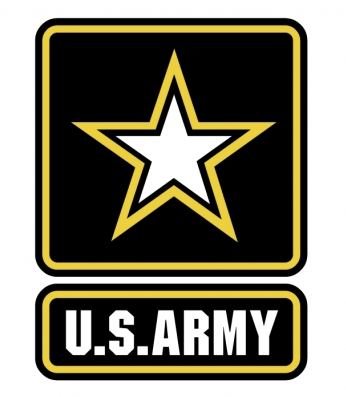Reporter Shelby Holliday shills for military.
From Jim Metrock:
On April 17, Channel One News devoted nearly one third of its program (30%) to a “news story” about the U.S. Army.
Students may have watched this news story or they may have ignored it. One thing I am fairly certain of is that few students had the time to apply their critical thinking skills to the question: Why is Army this story on my classroom TV set?
Answer: This was a planted story.
The U.S. Army has paid Channel One News to run its recruitment ads AND to embed their recruitment pitches into “news” stories. Channel One News is notorious for mixing advertising including military recruitment with news. This is similar to what Channel One in turn asks its Channel One News Ambassadors to do: sneak pro-Channel One News stories into their web articles. With Channel One News, nothing is quite what it seems.
Here is the part of the official Channel One News transcript that applies to this Army recruitment pitch. The Army takes up 487 words of the entire show’s transcript of 1,596 words.
Well, that is a wrap of headlines. Coming up, the face of the United States Army is changing. We will show you who is getting onboard just ahead.
Women make up about 15% of the military, but until recently they were banned from serving in combat. As Shelby Holliday explains, the military is changing and the face of our front lines could be changing with it.
Shelby: This is a new experience for women like Lieutenant Deborah Mesa. She is participating in a first-ever Army study that is looking at the physical requirements for soldiers in combat.
Lieutenant Deborah Mesa: It’s been all about teamwork, not whether it’s a female soldier, not whether it’s a male soldier; whether a soldier can complete the task.
Woman: Go!
Shelby: For one month, Deborah went through an obstacle course that was set up like a battlefield while scientists recorded things like heart rate and endurance levels using medical monitors and computer programs.
Man: You ready? Set. Go!
Deborah: A soldier isn’t defined by gender; a soldier is a soldier.
Shelby: The issue of gender in the military has been under close watch since 2013, when U.S. officials formally lifted a ban on women serving in combat positions.
Defense Secretary Leon Panetta: They’re fighting and they’re dying together. And the time has come for our policies to recognize that reality.
Shelby: In the past, combat positions, like those in frontline infantry, armor, and special operations units, have only been open to men, even though women have been doing those same things for years.
Brigadier General Lori Reynolds: Women are driving convoys, women are squadron commanders of helo squadrons. It’s happening all over the place. Women have been in combat situations since the war started.
Shelby: Now women will officially be eligible for combat roles beginning in 2016, which could open more than 200,000 jobs to females.
Morgan Almazan: Just being able to be out there and say that you fought for your country, you fought next to the males, you were the one that was charging the front line, to me, that would be an amazing feeling.
Shelby: Until then, each branch of the military is reviewing the physical standards needed for combat jobs. The Marines are allowing women to attempt grueling infantry training courses, The Navy has started assigning women to the once closed Coastal Riverine Force, and the Army is collecting data to create new fitness standards for both men and women.
Colonel Scott Jackson: We’ve known for a long time that these particular jobs are hard on the body, so this study focuses more on what the physical requirements are to do these jobs.
Shelby: Commanders acknowledge many women won’t meet the new standards. But females like Deborah Mesa are out to prove them wrong.
Deborah: I can do it. It’s all a matter of the individual – whether it’s male or female – what career path they want to take in the military.
Shelby: Shelby Holliday, Channel One News.
Maggie: How about that for some girl power! To see more of the history of women in modern military, just go to ChannelOne.com.
Channel One News wants students to believe that this is an honest-to-goodness news story. Isn’t it odd that Channel One’s producer never thought about interviewing any organization or individual who had doubts about the Army’s new policy of having women serve in combat? Wouldn’t that have been more balance?
Did Shelby Holliday find this story, and did she then do all the needed research? I doubt it. More than likely the Army pitched the story to Channel One and supplied access to the various people interviewed. Ms. Holliday became a shill for the military. Students were deceived. Nowhere did Channel One News mention that the Army pays Channel One News.
August 13, 2012 – News stories on Channel One News are often paid for by advertisers
June 29, 2012 – How Channel One News serves their largest advertiser: The US Army
April 18, 2012 – Find the eight Army ads on Channelone’s home page
November 16, 2011 – The US Army may be overspending on Channel One News ads
July 31, 2011 – Doesn’t look like a U.S. Army commercial does it?
March 29, 2011 – 1/2 of show promotes largest advertiser: US Army
May 2, 2006 – The Army Channel
March 13, 2006 – A story influence by an advertiser
February 3, 2006 – What wrong with this?
January 9, 2006 – Our class stopped what we were doing for this?
See for yourself:

